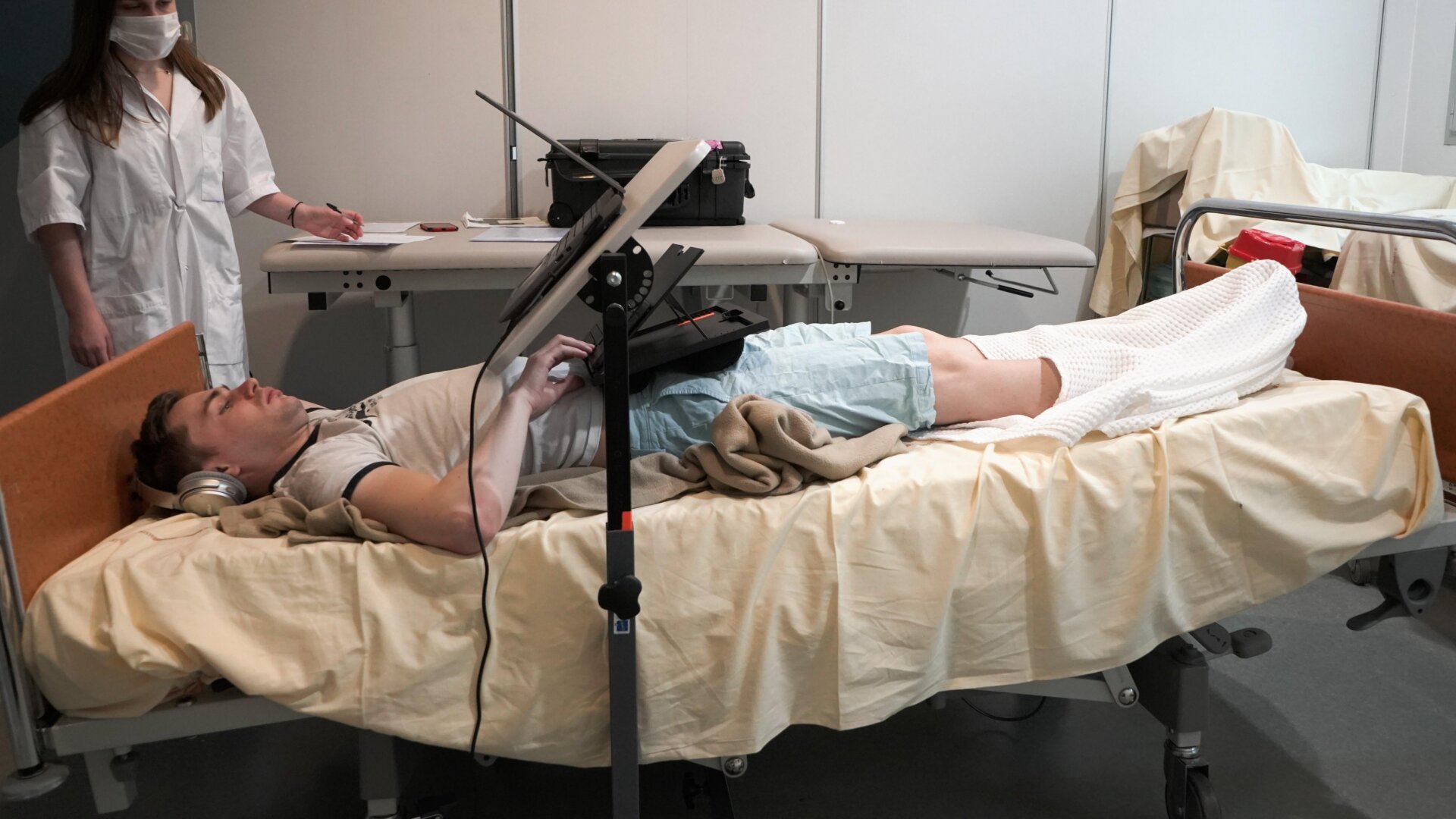When you’re dead, you stiffen up. We all know this. But why? What is the process that goes on, inside a dead body, that causes muscle tissue to contract so tightly that the limbs can be impossible to move? We’ll take you into the wonderful world of rigor mortis.
We think of the contraction of a muscle as the part of exercise that takes effort. When we voluntarily move, thick and thin filaments inside our muscles knit together, contracting the muscle. When we stop using the muscle, they come apart, and the muscle relaxes. But they don’t come apart on their own. It takes adenosine triphosphate to get the two filaments unstuck. Adenosine triphosphate, or ATP, is the energy unit of the cell. When the cell does nearly anything, ATP is needed.
There are a few exceptions, though. The one that causes rigor mortis is more of a technicality. Generally, when muscles need to contract, the cell imports a bunch of calcium ions, which are the signal that causes the muscle fibers to hook together. By burning ATP, the cell relaxes again. In order to stay ready to contract, the body maintains a stock of calcium ions around the cell wall. The living cell wall is a barrier to the ions, keeping them from rushing in so the muscle can stay relaxed. When a person dies, the cell wall loses its impermeability to calcium, and the ions slowly move in, causing the muscles to contract. Because the person is no longer living, they’re no longer cranking out ATP, and so the muscles don’t relax anymore.
Rigor mortis is famous for setting in from the head down, but actually all muscles experience it equally. The stiffness is just more noticeable in the smaller muscles around the face and head than in the large muscles of the legs and abdomen. The stiffness generally goes away after about two days.
Image: A. Pedro Marinho
[Sources: Rigor Mortis.]












